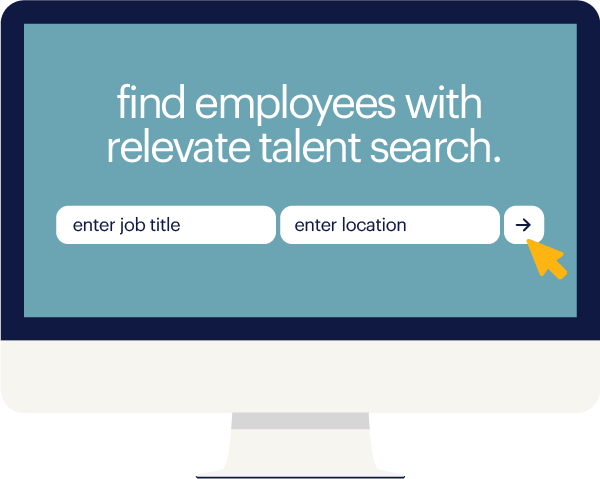A company’s employee life cycle starts with attracting, hiring and retaining team members. The life cycle naturally concludes when an employee leaves the organization, whether voluntarily or involuntarily. The number of employees who depart over a specific time period defines what's known as an organization’s employee "retention rate."
When fewer employees leave, retention rates rise. When more employees leave, retention rates decline. And when they decline enough — and stay that way — that signals that an employer has a serious retention problem.
Many companies set benchmark employee retention rates as a way to track and measure the effectiveness of their retention efforts. A company aiming for an 80 percent retention rate, for example, hopes to retain eight out of every 10 employees over a given time period. However, when the number of people leaving causes your retention rate to drop below your benchmark over a sustained period, it’s probably time to pull back the curtain and examine why employees are exiting.
why employees leave
The U.S. Department of Labor reports that 38.2 million people voluntarily quit their jobs in 2017. While all of these employees had their own unique reasons for resigning, there are general trends that occur across industries and within companies of every size.
Randstad’s Employer Brand Research 2018 identified the top-five reasons people leave, or considered leaving, their employers.
- Low compensation: Pay is important to employees. In fact, our research shows that salary and benefits are the most important factors for candidates who are deciding whether or not to remain with their current employers. When employees don't feel they are appropriately compensated, they will seek out better alternatives elsewhere.
- Limited career path: Knowing a company offers solid growth opportunities allows employees to envision a longer career tenure. The prospect of advancement also helps teams focus on the bigger picture and may help them tolerate the inevitable ups and downs of their jobs. When opportunities are limited, on the other hand, high achievers and mid-career employees will often proactively look elsewhere for advancement.
- Work-life balance issues: Whether it be long hours, a long commute, limited flexibility or too much stress, workplace pressures that negatively impact personal life take their toll over time and inspire workers to leave their jobs.
- Insufficient challenges: Employees who feel their skills are not being recognized or utilized often become disengaged and decide to move on. Bear in mind that, instead of seeking out creative ways to identify and solve challenges, many employees will simply head for the exit, so be sure to offer cross-training, upskilling and special projects to maintain a high level of employee engagement.
-
Poor leadership: Employees who lack confidence in their supervisors or question their organizations' leadership are far more likely to simply disconnect, or even resign, than try to resolve workplace challenges.
Exit interviews can help you learn what’s behind your company's employee retention rate. Plus, there are sophisticated analytical tools available today that can even help you predict employee turnover. However, maintaining open and ongoing communication with current employees remains the most effective way of identifying and resolving issues before they escalate.
retention vs. turnover: know the difference
At first glance “employee retention rate” and “employee turnover rate” seem to measure the same thing: how many employees stay with, or depart from, a given company. And while the two measurements are similar, there is a distinct difference between retention and turnover rates, as follows:
- Retention rates measure the percentage of current employees who exit a company over a given time period. Retention rates do not factor in new hires joining or leaving the company within the time period.
- Turnover rates measure the number of current employees and new hires who exit during a specific time period. In other words, a company can experience different retention and turnover rates during the same time period.
By reviewing both measurements, employers can better assess workforce dynamics — and proactively develop targeted retention strategies.
At the end of the day, even the savviest employers don’t always see a resignation coming. But by knowing some of the common reasons behind employee departures, you’ll be better positioned to address issues ahead of time and avoid disruptions to your business.








